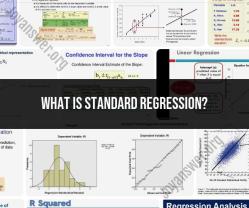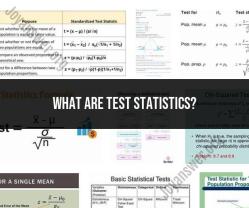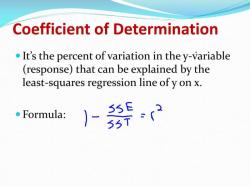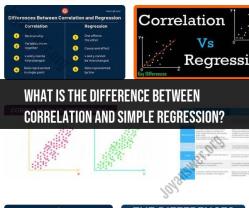What does a truly random sample look like?
A truly random sample, in the context of statistics, is a sample of data that has been selected in such a way that each individual element or observation in the population has an equal and independent chance of being included in the sample. When you look at a truly random sample, several characteristics are typically observed:
Representativeness: A truly random sample is representative of the entire population from which it was drawn. This means that the sample's characteristics, such as age, gender, or any other relevant attribute, closely mirror those of the entire population.
Variability: A truly random sample reflects the inherent variability present in the population. It includes individuals or observations from different segments or categories within the population, which ensures that the sample is not biased toward any particular subgroup.
Unpredictability: In a truly random sample, it is impossible to predict with certainty which individuals or observations will be included. Each member of the population has an equal chance of being chosen, and the selection process is entirely unpredictable.
Independence: Each selection in a truly random sample is independent of previous selections. In other words, the inclusion or exclusion of one individual or observation does not affect the probability of including or excluding another.
Equal Probability: Every element or observation in the population has the same probability of being included in the sample. This ensures that the sample is not skewed or biased in favor of certain elements.
Randomization Methods: Truly random samples are often selected using randomization methods, such as random number generators or drawing lots, to eliminate human bias or subjectivity in the selection process.
Sample Size: The size of a truly random sample can vary, but it should be large enough to provide a reasonable representation of the population. Smaller samples may introduce more variability and uncertainty in the estimates compared to larger samples.
Random Errors: In statistical analysis, truly random samples are expected to have random errors, which are variations due to chance. These errors are an inherent part of random sampling and are typically accounted for in statistical calculations.
It's important to note that achieving a truly random sample can be challenging in practice, especially when dealing with large and diverse populations. In many cases, random sampling methods are used to approximate true randomness as closely as possible.
Additionally, the concept of a truly random sample is important in statistics because it forms the basis for many statistical techniques and inference methods. When a sample is truly random, statistical results and conclusions drawn from that sample are more likely to be valid and generalizable to the entire population.












